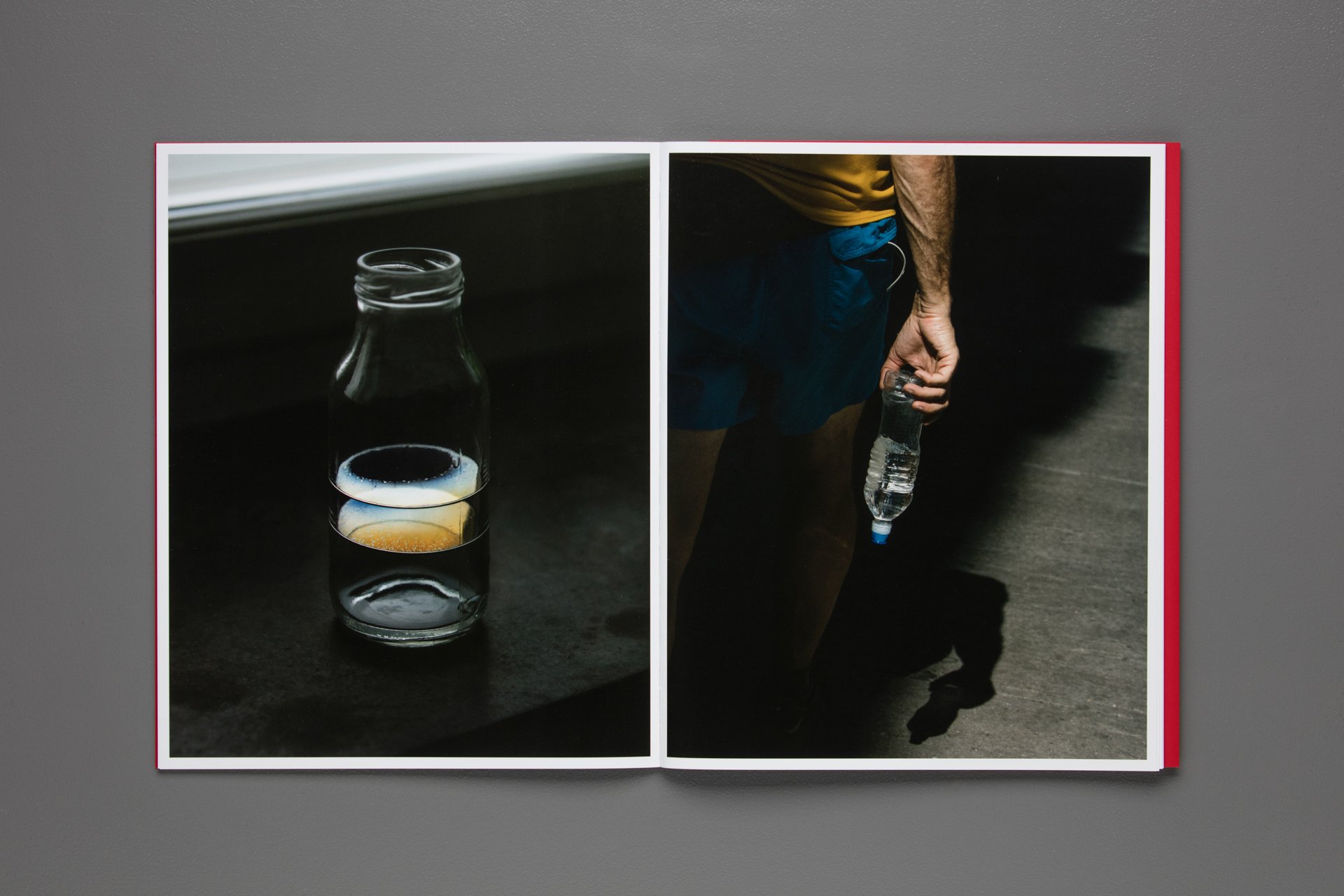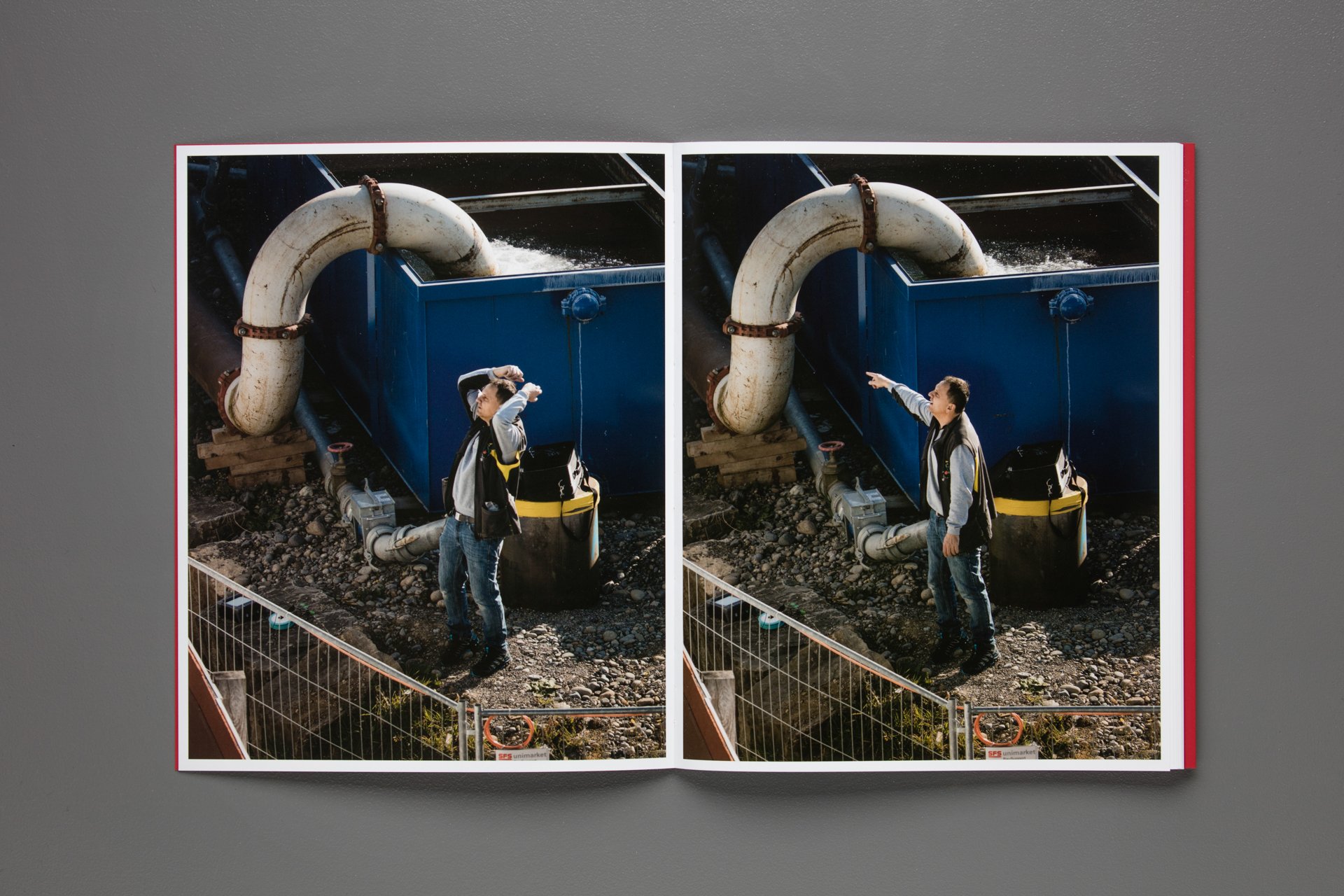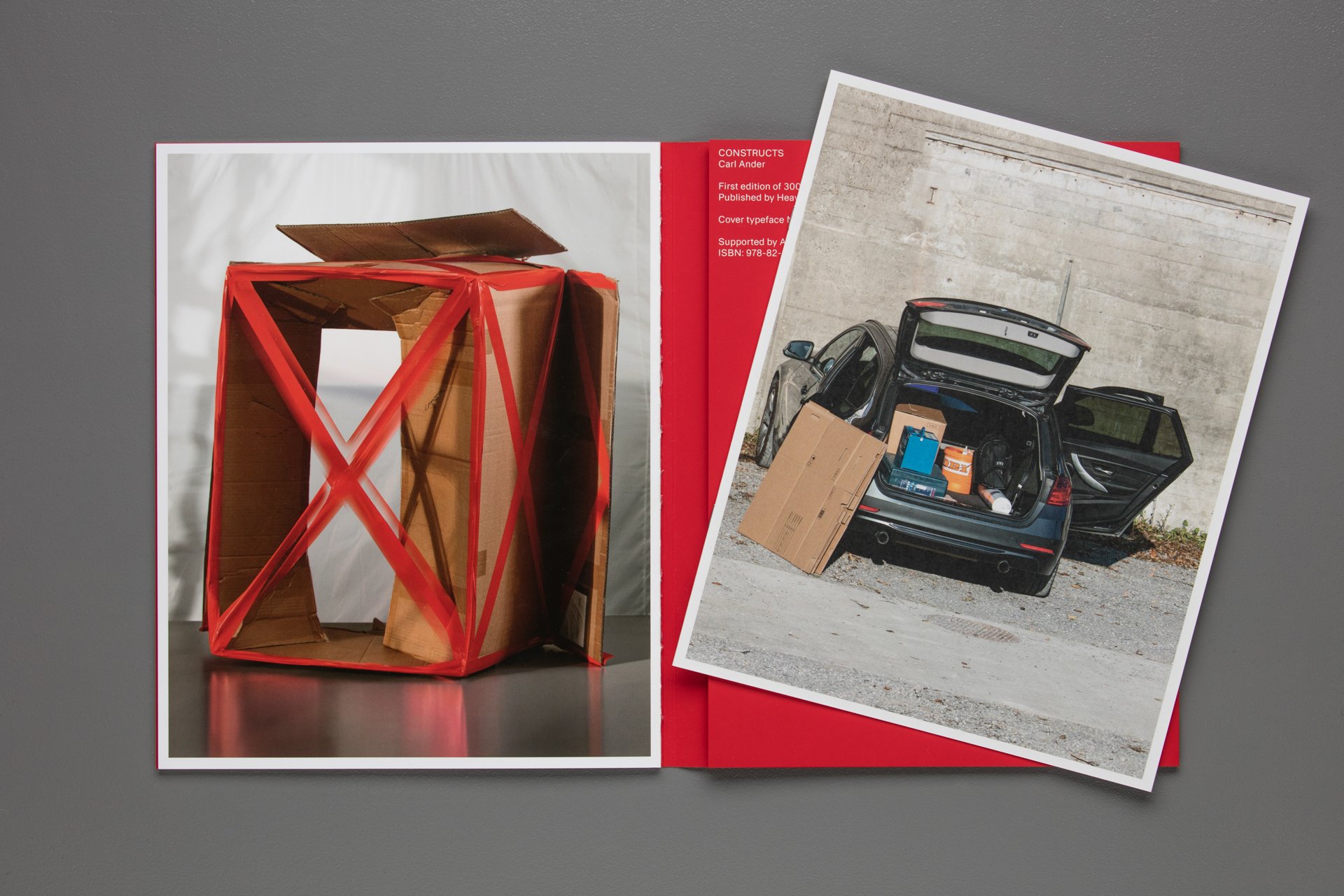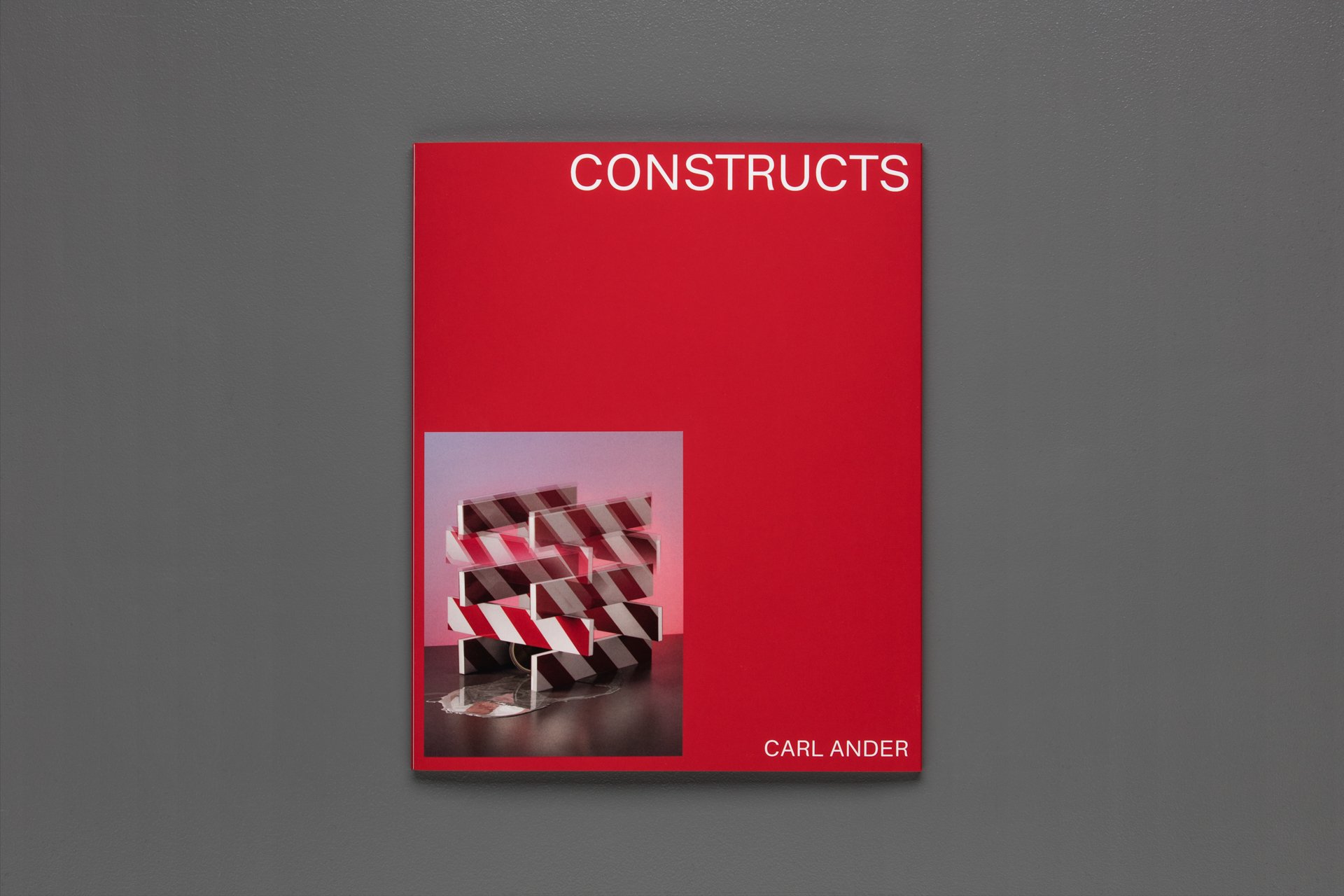 Image 1 of 14
Image 1 of 14

 Image 2 of 14
Image 2 of 14

 Image 3 of 14
Image 3 of 14

 Image 4 of 14
Image 4 of 14

 Image 5 of 14
Image 5 of 14

 Image 6 of 14
Image 6 of 14

 Image 7 of 14
Image 7 of 14

 Image 8 of 14
Image 8 of 14

 Image 9 of 14
Image 9 of 14

 Image 10 of 14
Image 10 of 14

 Image 11 of 14
Image 11 of 14

 Image 12 of 14
Image 12 of 14

 Image 13 of 14
Image 13 of 14

 Image 14 of 14
Image 14 of 14















Carl Ander → Constructs
23 x 29 cm
52 pages, with 16-page insert
Open spine with silk screened dust jacket
First edition of 300 copies
Published by Heavy Books in 2020
ISBN: 978-82-93580-09-6
23 x 29 cm
52 pages, with 16-page insert
Open spine with silk screened dust jacket
First edition of 300 copies
Published by Heavy Books in 2020
ISBN: 978-82-93580-09-6
23 x 29 cm
52 pages, with 16-page insert
Open spine with silk screened dust jacket
First edition of 300 copies
Published by Heavy Books in 2020
ISBN: 978-82-93580-09-6
Postmodern theory often discusses the arrangement of words into sentences or phrases as “constructs”. Hence, to deconstruct language meant to discover the images or emotions that lie behind the words, words are representations of images. In this vein, photography was seen as a language signifying various meanings. In the case of this book by Swedish photographer Carl Ander (b. 1991), I find it more useful to discuss photography within the domain of construction work. Constructions describe the work involved in building something (‘he works in construction’) or the actual structure of a building (‘the house is a brick and mortar construction’). Indeed, the main narrative of this book is a series of images documenting construction sites and urban infrastructures. As the series progresses, some details emerge whereas others are omitted. Movement and space are at once static and elastic.
Because the images are published as timelines, they remind us that the process of photography deals with time and space, as well as the constant manipulation of those parameters. It follows then, that the skill of the photographer is to make choices in relation to the camera and space. Therefore, the series of construction sites evidence the camera’s ability or inability to act as a window to reality. The philosopher Vilém Flüsser once suggested that ‘in the act of photography the camera does the will of the photographer, but the photographer has to will what the camera can do.’ 1 In contrast, the still lives of matches, poker cards and other ephemeral culture, reflects on another type of construction work; and another type of relationship between camera and photographer. On a fundamental level, they relate to early photography and a period when staging was essential due to the long exposure times.
Although these images are staged for other reasons, they are staged in every aspect. Since the 1970s, terminology like “simulacrum” and “hyperrealism” has been used to describe a world in which images precedes and determines our understanding of the real. Indeed, these still lives can be seen as playing with such preferred versions of reality. The objects are arranged in impossible formations, seductively illuminated and colour enhanced, rendered possible by computer software. But if we understand them as construction work (physical and digital), the labour process involved in making these still lives is highlighted: before, during and after. The cultural historian Ernst van Alphen has argued that ‘staged images still bear an indexical relationship to the world, albeit a staged world. In staged photography, the indexicality is partly displaced from the world to artist. Staging is the result of the artist’s intentionality.’ 2 When photography is placed within the domain of construction work, representation becomes a mere by-product of taking photographs. Very much like a building is a by-product of construction work. By using constructs as both subjects and methodology, Carl Ander gives the making of images an agency or a power in itself.

